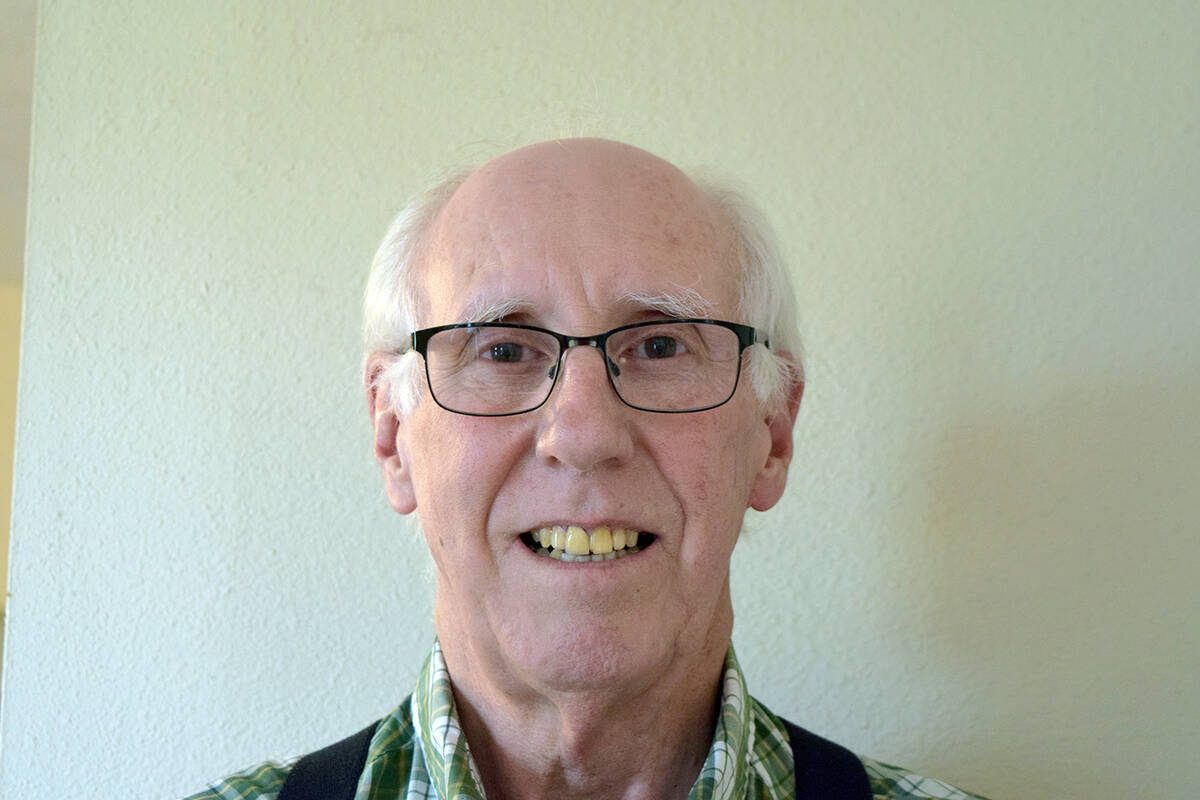
The little, quiet, small town of Austin we know today was once a bustling midstate contemporary of Virginia City. About 165 miles east of Virginia City, it spawned many more mineral strikes than in the Comstock area.
Located at just about the geographic center of Nevada, it was once a major stop on the Pony Express-Overland Stage route, which U.S. Highway 50 follows closely today.
Many stories come from this place that once boasted a population of 10,000 and over 6,000 mining claims. But Austin had it problems, like any other mining community in Nevada.
The late author/historian Dan Ashbaugh, wrote, “Violent crime was a common occurrence in most of the early mining and caused little excitement.”
The well-published murder rate in Pioche between 1870 and 1873 of 73 deaths by gunfire before the first death by natural causes, is really not true, but it makes the tourists sit up and listen.
On July 18, 1863, just two weeks after the Battle of Gettysburg, Austin in the Nevada Territory had an incident with a crazy man that did cause quite a bit of excitement.
Ashbaugh and other historians note that William Cornell went on an ax-wielding rampage, severely wounded several people in Austin, ran off to Clifton and killed three people near there before he appears to have been killed in turn by person(s) unknown.
However, his actions likely had no relation to the recent news received by telegraph in Austin of the Confederate defeat at Gettysburg.
A man from Illinois, Cornell, for unknown reasons, after several weeks of showing signs of severe mental illness, went mad under the delusion that everyone was out to kill him. Ashbaugh noted he first went after his partner, William Meligan. He had poked his head in the tent the men shared about 9 p.m. that night and Cornell struck him with the ax, knocking him down, cutting his nose and forehead badly.
Then Cornell went across the street to Dunham’s saloon and began swinging his woodcutting ax at anyone near. He injured several there, and even smashed the chandelier. Ashbaugh notes someone fired a shot at Cornell, but missed.
Next he went after John Capron, who was passing by in the street, severing all the tendons above Capron’s left elbow. It is reported he then chased after a group of men and clobbering a man by the name of “Frenchy” from Dayton. He was severely injured with “a deep gash from the top of his scalp to the neck.” But Frenchy was “a tough ol’ cuss and managed to go to the nearest saloon, belt down a stiff drink, mount his horse and ride to Clifton that night to have his wounds dressed.”
In the meantime, Cornell went after three other men, inflicting severe wounds on E. Anderson, Charlie Ludlow and Billy Mills.
Running down the hill, Cornell attacked a local barber named Hammersmith, who had enough time to deflect the blow with his arm, but did suffer a hand cut and badly crushed bones.
And still Cornell was not finished. Now he turned the ax around and started going after whomever with the handle, knocking them almost senseless. Then he ran screaming and hollering into the dark toward Clifton.
A hastily formed armed posse went in pursuit of him, but Ashbaugh wrote, “they were so busy picking up the wounded they lost his trail in the darkness.”
The three deaths occurred later in-between Clifton and Austin.
The next morning, reports state, Cornell’s body was found about a half mile west of Clifton. “The back of his head had been caved in, his head nearly severed with the throat cut from ear to ear, and he had been stabbed in the heart five times.”
With no suspects, no one coming forward to say they had seen him after his fatal attacks near Clifton, it was assumed he must have tangled with somebody tougher who finished him off.
Historians note, “No one could inflict those kind of wounds upon themselves and survive.”
The Daily Alta California newspaper at the time reported, “We infer that some benefactor of mankind disposed of this desperate lunatic.”
(Adapted from a story by Dan Ashbaugh, 1963, and Daily Alta California, July 24, 1863)
Dave Maxwell is a Nevada news reporter with over 35 years in print and broadcast journalism, and greatly interested in early Nevada history. He can be reached at maxwellhe@yahoo.com.